The Downfall of the Mighty Lydian King Candaules in Art
Suppose you are not satisfied with any of the historical or fantasy dramas out there lately where all kinds of slander, deception, and politicking...
Erol Degirmenci 2 March 2023
30 June 2021 min Read
On her social media accounts, Nicole Tersigni fights toxic masculinity and gender discrimination with humor and irony, every day. But when she started a Twitter thread, adding jokes to paintings from the past centuries, people loved it and related so much that it became a book called Men to Avoid in Art and Life. We had the chance to talk with Tersigni about that and about the issues that women, in the paintings and real-life, still have to struggle with.
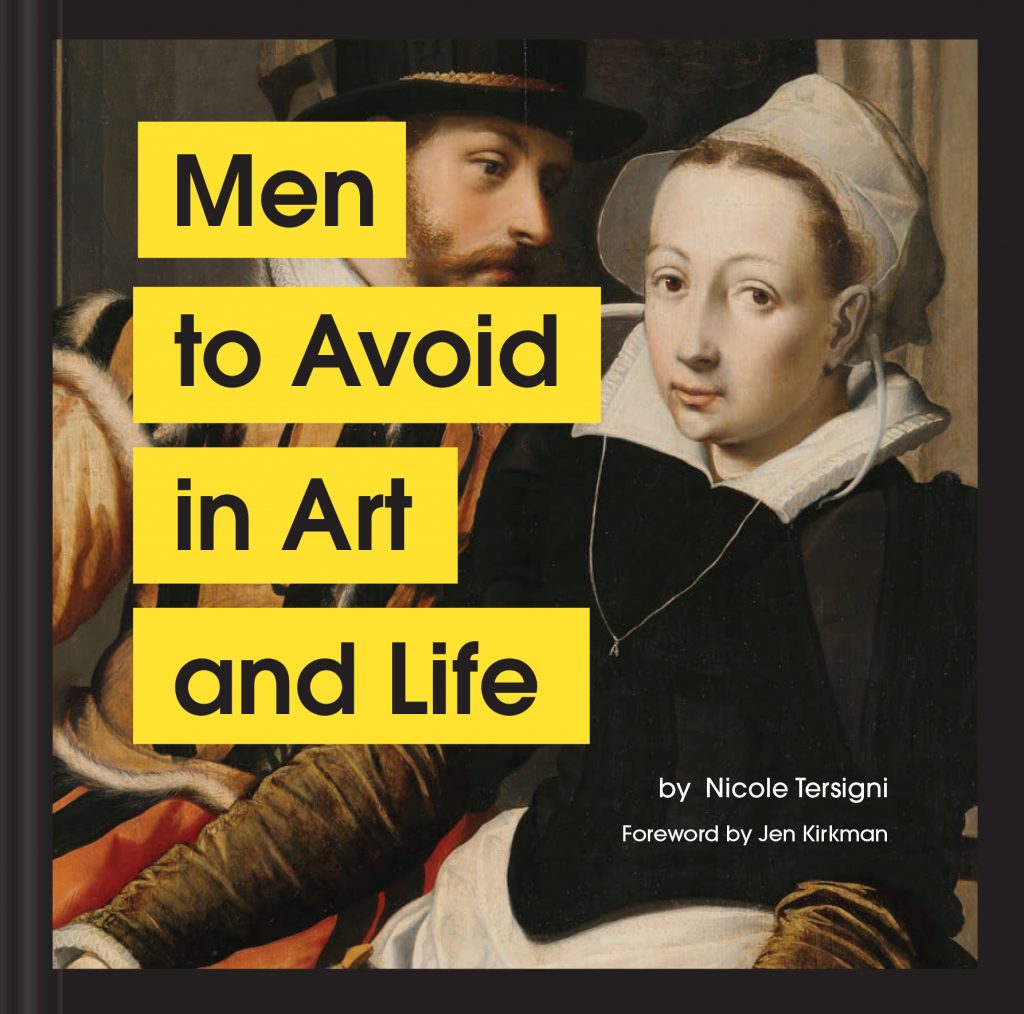
Nicole Tersigni is a brilliant comedic writer experienced in improv comedy and women’s advocacy. Her book is the kind your big sister gives to you laughing out loud, or your wife makes you read so that you can understand what you are doing wrong. Mixing art and laughter, Men to Avoid in Art and Life is a guide that contains all the red flags that you should recognize in a person and then run away from.

Let’s start from the beginning. The way Men to Avoid in Art and Life was born is a great example of how social networks can be allies of arts and culture, but how does a Twitter thread become a book?
Yes! They really bring people together, which is what happened with that thread. So, my daughter was home from school and I was exhausted; I got on Twitter just to kinda scroll through and have a little brain escape and I saw this man explaining one of my friends’ jokes back to her. That happens all the time and it’s so annoying: it’s one of those little things that are not a huge deal but are irritating and build up. I just wanted to make a quick joke about it because that’s what I like to do with annoying and frustrating things. So I did a Google image search, “women surrounded by men” because it’s exactly what it feels like when you are online sometimes and in the world. One of the images that popped up, which was the first one that I used in the thread, was this painting of a woman holding her bare boob, surrounded by these men. And I wrote, “maybe if I take my tit out, they’ll stop explaining my joke to me”. So I just threw that up and people loved it! It’s such a universal experience that you have when people come into your space repeating your own words to you as they thought of it. That first joke went off and it had some traction, so then I stuck with the theme, coming up with these very common experiences that we share and pairing them with a funny painting. People identified with it: being able to laugh about something that is normally so frustrating connected with them. Then a book agent reached out and asked me if I wanted to make that a book and I said, “Let’s do it!”
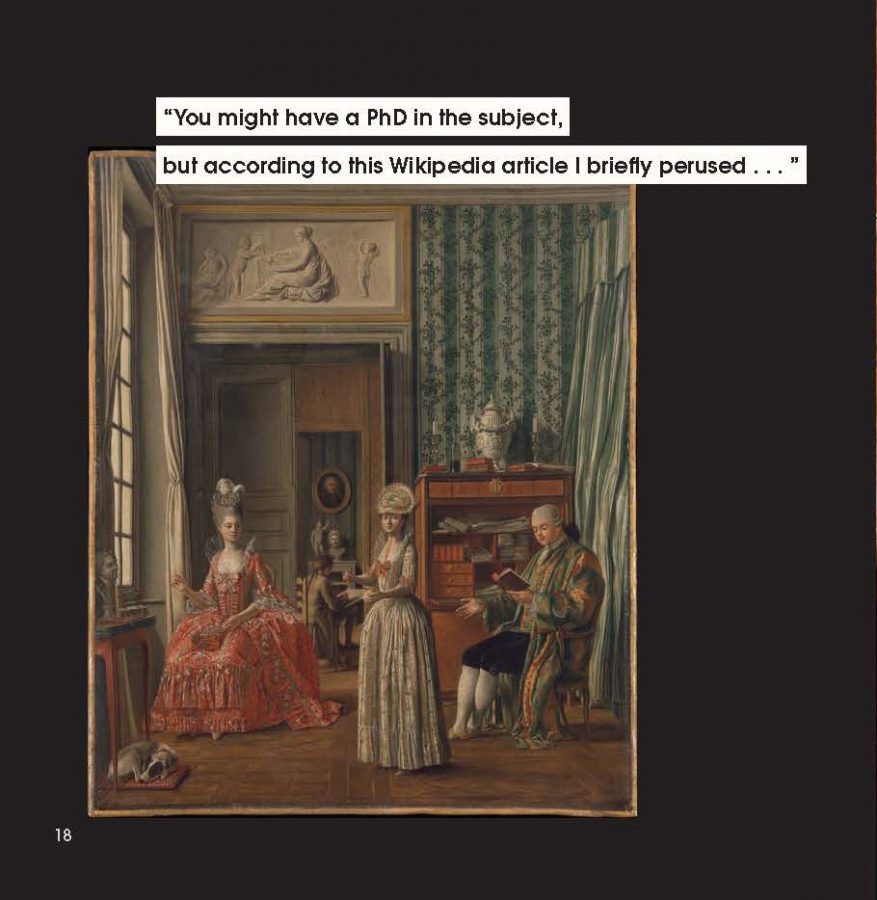
You also used paintings made by little-known artists. Did you already know them and their work?
I’ve always appreciated art, even if I haven’t studied it at school and it’s not my life’s passion to study it, but it just worked out that images that I was finding were paintings. It is a pretty common thing, actually, to take classical paintings and put modern captions on them. This is not what I set out to do but it worked out. And then, when I was putting the book together, I had to use art in the public domain; that’s why many of those paintings are older or very obscure. Many museums have their databases online so that you can scroll through all their collections; I went through all these museums and picked the paintings that I wanted and learned about their artists. Also, I didn’t know about some of them so I looked up at their art separately to dig in a little bit more. It’s been a learning experience for me.
It must have been really hard to check all those museums out! Was it difficult?
Yes, it was thousands of paintings: I would sit there for hours and scroll through, and my eyes were probably bleeding, but it was good. It was a fun use of time to figure out which painting could potentially work for a joke. So then I would save them all in a big file and then see if I could find something funny in the painting or if there was a painting that could work for a joke that I wanted to make. But yes, it was a lot of scrolling.
Let’s focus on the paintings that you chose. Have you noticed that all of them were made by men? It’s interesting because for centuries art has mostly been made by male artists, while female ones have been forgotten or their work has been attributed to someone else. There has been very little representation of women made by women.
It is really interesting because the women are clearly disinterested in what the men are doing or saying to them in the paintings. I don’t know what the intention is behind that, but it was fun to take my experiences in the culture and world I live in and interpret what’s going on in a painting that has existed for so long. Obviously, that was not the artist’s original intent, but what is so wonderful about art is that you look at it and put your own lived experiences into it and interpret it that way. I’m sure that some of them would be like “that woman is not thinking that, she is very into it, that’s just how women look”.
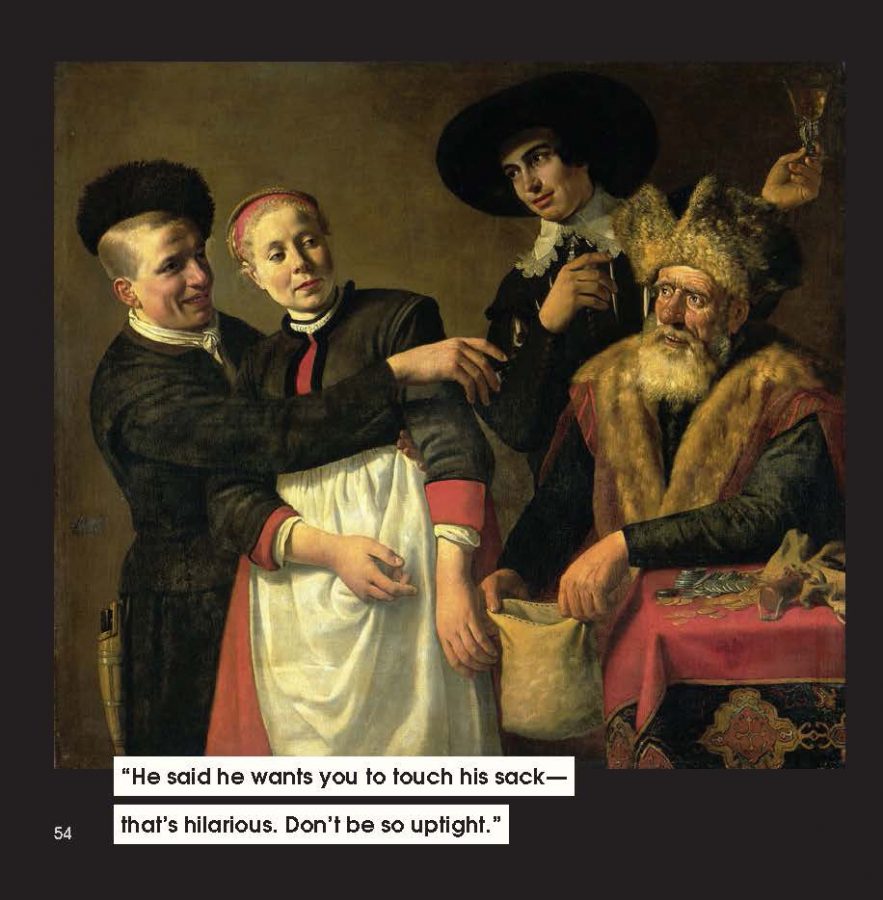
Some of the titles of the paintings describe a situation that should be of love, happiness, or excitement, but the women there look creeped out or disgusted. What do you think the artists were thinking?
It’s because they don’t care what’s going on with the women in the paintings or because that’s just their experience with women, and I wonder why. So it’s cool to take that and spin it to be more of a situation where women don’t have much of an expression, but it’s because the other people in the painting are very uninteresting or rude.
I love the fact that you took them and gave the paintings a very different meaning than the one that the painters wanted to give.
Yes! And some of them are very clear, like The Irritating Gentleman. She is upset, grieving, and this guy is still bothering her.

If you think about it, that’s something that happens a lot, but also makes you wonder about the painter’s position, whether he meant the painting to be a denunciation or he just sat there watching what was happening, doing nothing to help.
Right, it’s so common and it’s not a big deal, like “you’re not being murdered, you’re fine”. But it is a big deal because it happens all the time. Out in the world, we are constantly assessing our interactions with people, like “what is this person going to do?” or ” how is this guy going to react if I say this?”. It’s a constant assessment and it’s tiring: all those little moments build up and people maybe don’t realize that, so that’s why they don’t intervene or say anything. They treat it like it’s normal, but it’s not.
I also noticed that in many of the paintings that you chose the titles describe an important couple, but the author just wrote the man’s name and referred to the woman as “his wife”. And that still happens in the articles of the press and many other cases. So, do women have names?
I know, it’s a lot of them. And I wonder, why do we even need to know who that guy is while she doesn’t require a name? Just because he is maybe more famous it doesn’t mean that she doesn’t deserve to be named too. That’s why I liked to give the women in the paintings a voice. Actually, in my book, the quotes are all things that the men are saying; the women are not really saying anything. But it does give them a voice because of the paintings themselves: their faces are so clearly reacting to the lines that I gave the men to say.
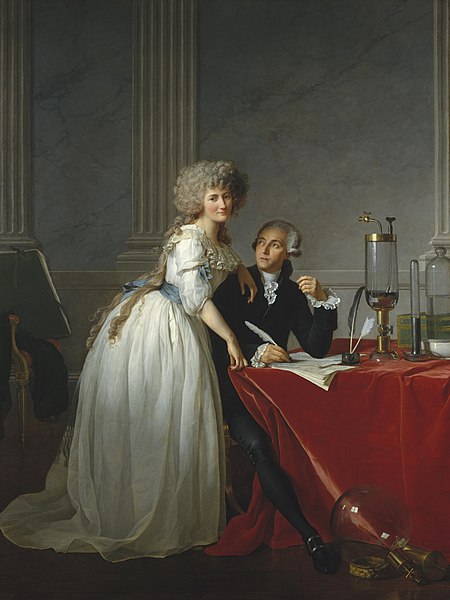
In the foreword, Jen Kirkman explains to men that you know that not all men are like the ones that you described in the book. Did you have to deal with complaints and statements like “it’s not all men!” after your book was published and on social networks?
Yes, pretty much all the time. I get that on everything, not necessarily just jokes of the book. It’s a common refrain when you are saying anything about men; they are very fragile so you have to specify that you are not talking about every single one of them. But what’s nice about being online it’s that you can block or mute them very easily. I don’t usually engage with them anymore because my platform has gotten so much bigger so there’s a lot of them. There are also quality filters so sometimes I don’t even see them, but when I do they are very easy to ignore because they are very boring and unoriginal. I don’t take it personally because it’s clearly from someone who has not given it a single moment of reflection. It’s not the kind of criticism that I need to take in and reflect on; there is obviously a lot of feedback that is good to get and you need to think about how you’re impacting the world when you have such a large platform, but the other kind is very easy to ignore.
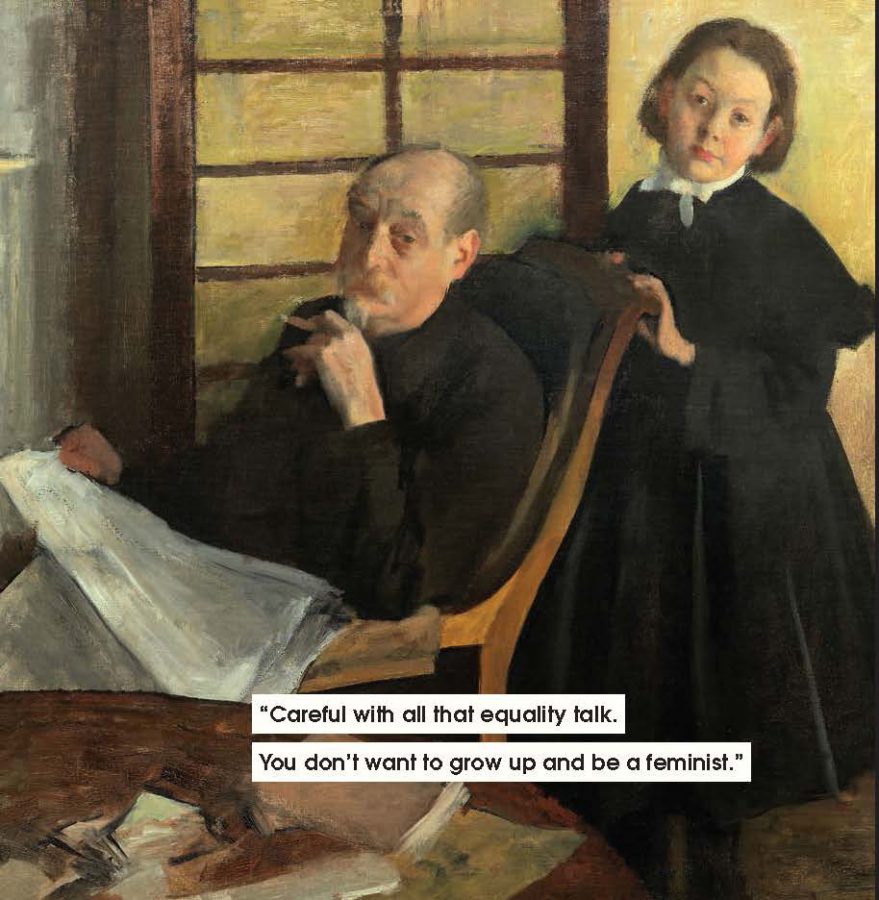
You make it sound easy, but I think that it’s something that you learn to ignore.
That’s an excellent point: it’s something that you have to learn to let roll off your shoulders. I have been online for a decade and I always have been very active so I have a lot of experience, but in the beginning, it’s definitely more crushing. But as I’ve been online longer and as I’ve gotten older it’s easier for me to not care about them. If someone comes with genuine feedback or a question, then I’ll take the time and talk to them, but I don’t talk with someone who is just being mean. It’s a lot easier online than in person, but actually, a lot of the feedback is being pretty much overwhelmingly positive.
That surely gives hope that maybe we are not in a painting of the 15th century anymore, that there is some change happening.
One thing I do want to say though is that a lot of men have told me that they see themselves in it, that they recognize things that they have said or done. And I think that it’s very cool that my book is giving them this awareness because I’m doing it in a way that we are laughing together about a very common experience; it’s not an attack on anyone. It’s just one tactic: obviously a lot of times you can’t do it in a way so that everyone laughs. But one of the reasons why people are receptive to this is that they can laugh with us, and hopefully, they’ll be more aware going forward. Being able to see it from another person’s perspective is so important and it’s something that you don’t do unless you are forced to. Maybe some husbands will borrow my book from their wives and understand what this is all about and why it is frustrating.
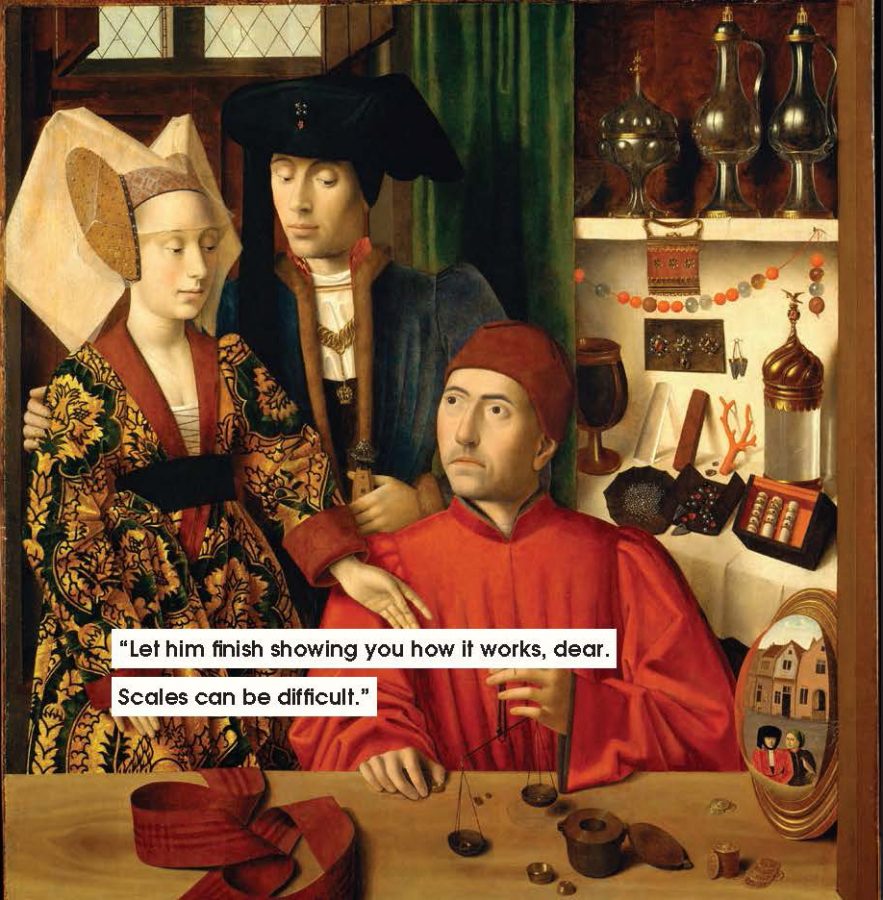
Did you have a specific aim when you started writing your book?
My aim was just to make people laugh. I’ve always been a writer; the kind of writing that I want to do is the kind that makes people laugh about stuff that sucks. I like taking dark things and finding humor in them because we all experience terrible things, and we need to find ways to laugh about them.
As a reader, I can tell you that what I got from your book was a bittersweet feeling, because on one side I thought that this kind of things, from mansplaining to sexual harassment, happen too much frequently, but on the other side I felt understood like I was not alone fighting that.
That is definitely the feedback that I’ve gotten more; so many people have said that it is so nice to know that this is not in their head and that they are not alone. I had some teenagers reaching out and saying that they thought they were crazy when something was bothering them, and that’s huge to me. I have an almost ten-year-old daughter, and I want her to know that this is not happening in her head and that she can acknowledge it and do something to fix it. My favorite feedback was from a woman in Germany when the book first came out. She said that I was in the newspaper; she showed it to her mom and she laughed a lot, and she hadn’t heard her mom laugh in a long time. And then they sat down and had a conversation: her mother was sharing stories about all the sexism that she faced growing up and being in the workplace. Then the daughter was able to share some stories and they hadn’t done that before. It’s huge that my little joke book created this wonderful conversation, and even if just those two people read it and connected, that’s enough. I love that feeling of coming along and being able to laugh about it.
You mixed two of the things that connect people the most: art and laughter! So, what joke from your book makes you laugh the most?
I have so many favorites, but the one that makes me laugh every time I see it is Portrait of Sir Henry Capel by Sir Peter Lely, where a man is standing next to a bust of a lady, a statue, and he’s got his hand on her and says, “You are not like other girls”. This tickles me because it’s such a common thing, and they say it as a compliment but it’s not. Other women are fantastic, and you clearly have no respect for them if you think that saying that I’m not like them it’s a compliment. I hate that phrase so much: that is a huge red flag, so if someone says that to you just get out of there.
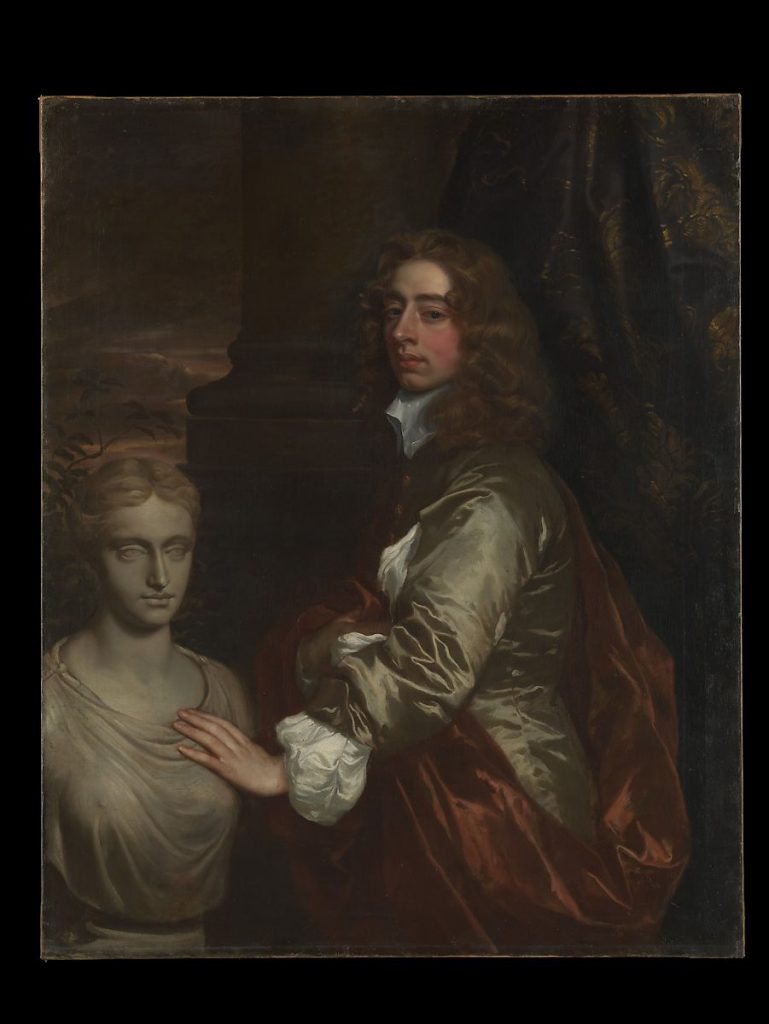
And which man between the ones you described annoys you the most?
Probably the situation that I most commonly run into is with the comedian, the guy who thinks he’s so funny while all his jokes are very racist or sexist, and he gets really mad when you don’t laugh at them. He goes to you and says, “it’s a joke”, when he says something terrible, but it’s not how jokes work, and even if it was a joke, it’s not a good one.
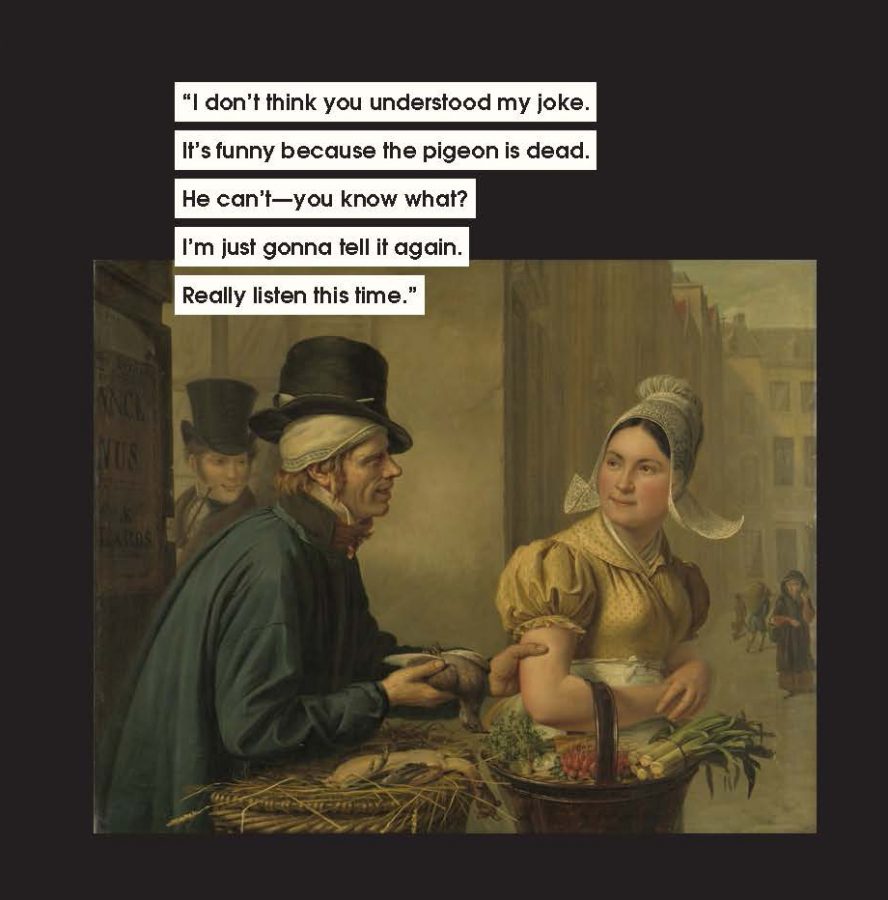
But your humor is totally different from the comedian’s one, right?
Right, it’s not laughing it off, it’s finding the humor in something tough but not ignoring it. It’s finding out that we have these common experiences and it’s opening some dialogue through it, figuring out how to work together to make it stop. Maybe it can open a conversation between women about our responses and tools, and maybe baby men can look at it and figure out ways that they can change their behavior going forward so that they won’t say to a woman that they don’t know that she should smile.
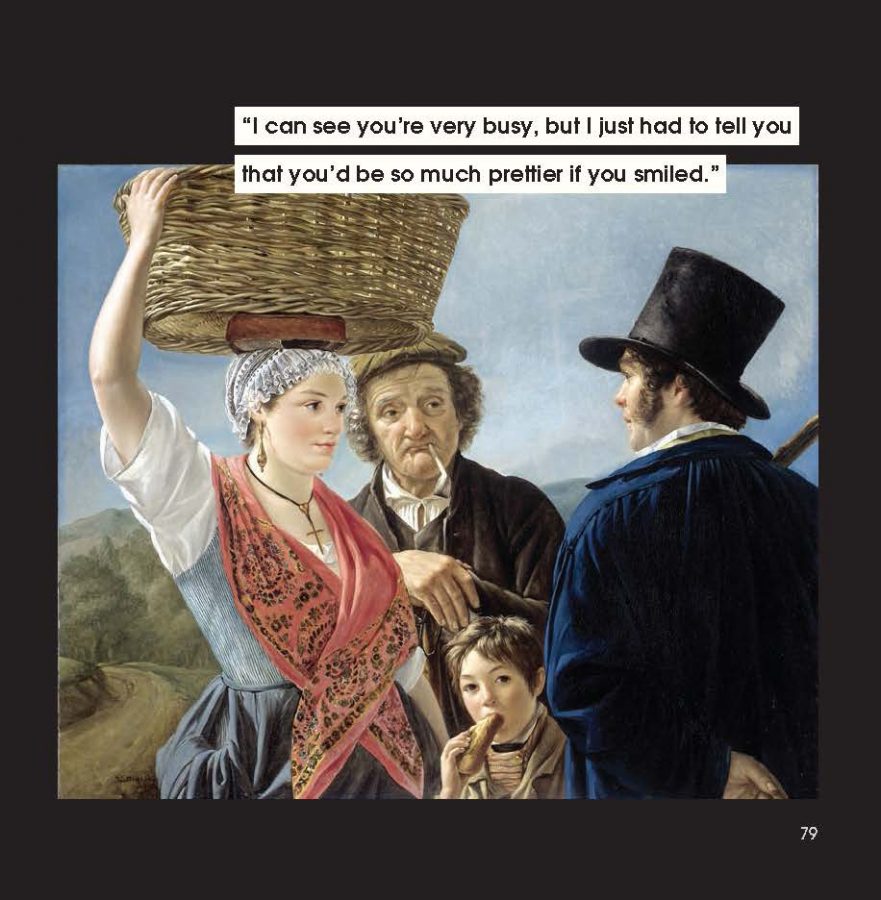
So, in the end, how would you like people to make use of your book?
I would like people to share it with their friends, spouses, partners, and children. My kid loves my book: she constantly quotes it to me, which is lovely. I want people to share their stories, use it as a jumping-off point to have a conversation about something that might be difficult, and find some joy in difficult experiences.
So, whichever pronouns you identify with, you should read this book, to laugh about what you experienced or to understand that some of your behaviors are frustrating and make other human beings feel unsafe. Maybe, with Men to Avoid in Art and Life, we can all be willing to work on this together.
DailyArt Magazine needs your support. Every contribution, however big or small, is very valuable for our future. Thanks to it, we will be able to sustain and grow the Magazine. Thank you for your help!